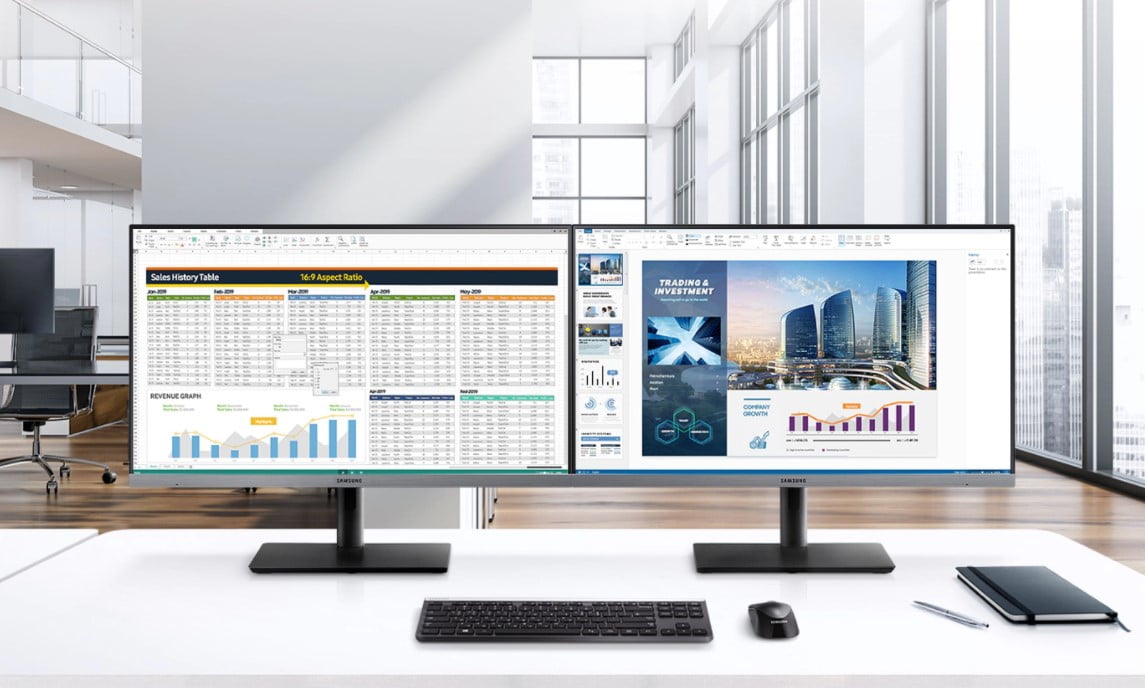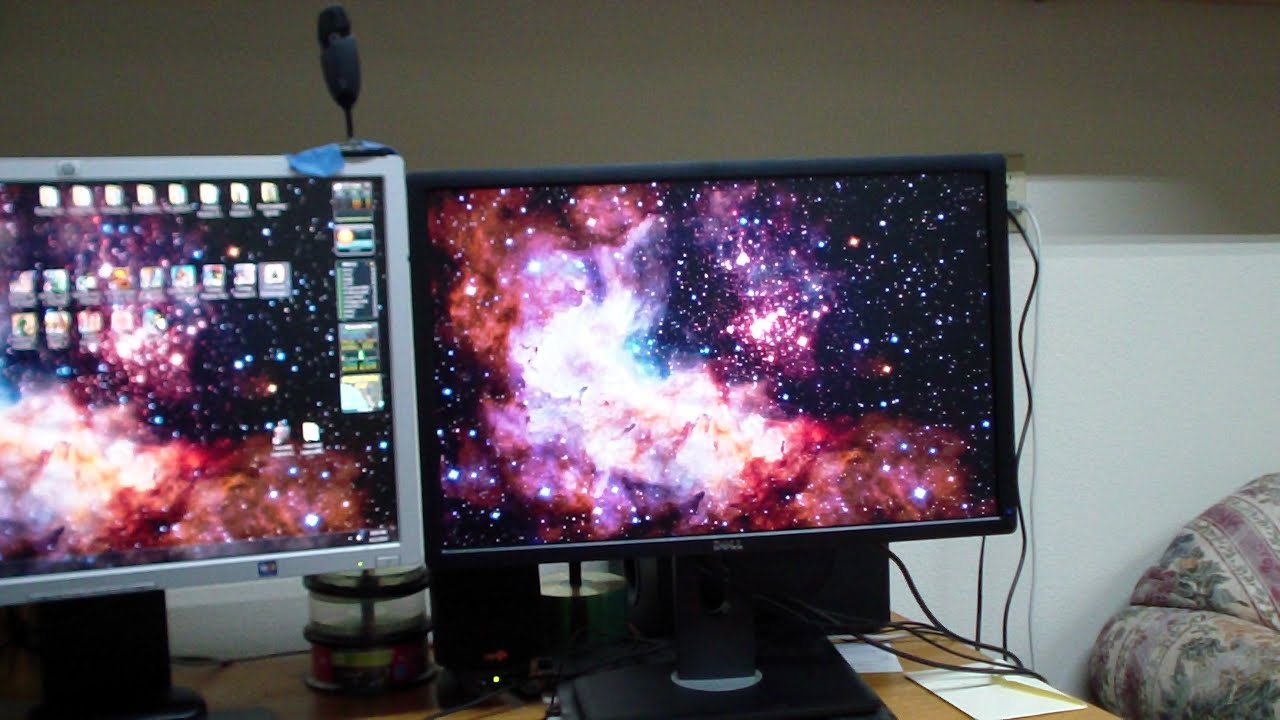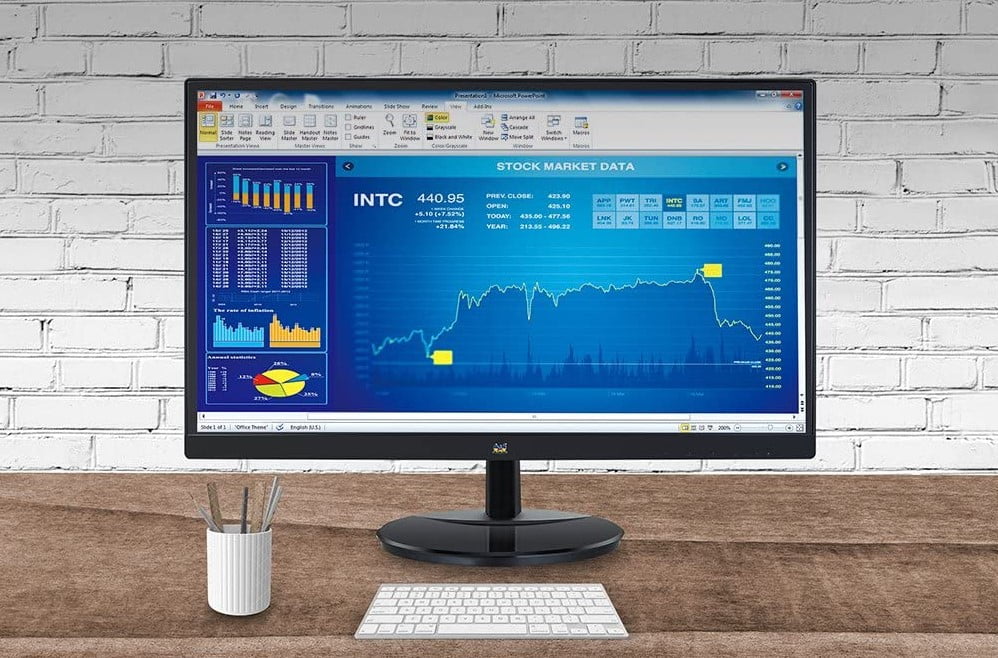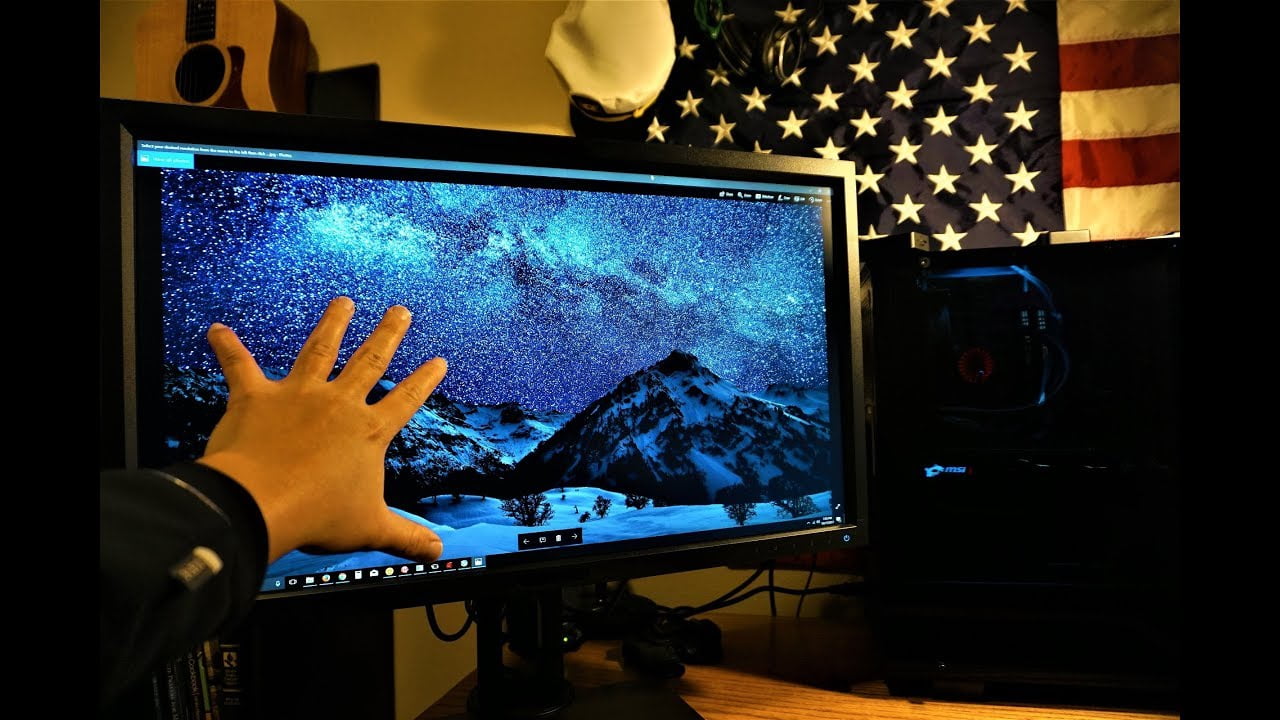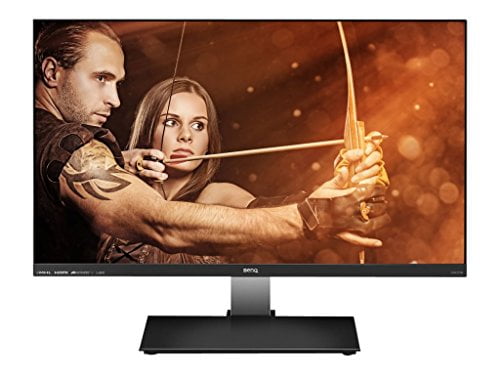Modern gaming monitors feature all kinds of terms that may be confusing to certain consumers. Refresh rates, input lag, screen-tear, resolution, and that’s just the tip of the iceberg. Let’s tackle one of the more common ones right now. The variable refresh rate for gaming. Why does VRR matter for gaming? Keep reading.
KEY TAKEAWAYS:
- The refresh rate of a monitor can conflict with the constantly changing refresh rate of a GPU.
- This can lead to screen-tearing, stuttering, and an overall reduction in the refresh rate.
- Variable refresh rate technologies address this problem by syncing up the refresh rates between the GPU and the monitor.
What is a Refresh Rate?
Before you can understand a variable refresh rate, it can be helpful to learn what a refresh rate is in the first place. A refresh rate is the number of times the monitor refreshes itself with new images. This metric is measured every second. For instance, a computer monitor with a refresh rate of 60Hz will refresh itself 60 times per second. In most instances, you will want a high refresh rate to ensure smooth gameplay. You can get this from different types of gaming monitors.
Additionally, you’ll also want to set the appropriate brightness while you game, as well as troubleshoot any issues, like the monitor going black during gaming. These elements may not have any bearing on refresh rate, however.
Insider Tip
A computer monitor with a refresh rate of 60Hz will refresh itself 60 times per second.
What is Variable Refresh Rate?
Variable refresh rate, otherwise known as VRR, is a technology that enables a computer monitor to adjust its refresh rate in real-time to match the refresh rate being sent via the computer’s GPU. You see, while computer monitors generally feature ultra-stable refresh rates, the same cannot be said for GPUs. The refresh rate coming from a GPU changes constantly based on information coming from the software application and the computer’s CPU. You need to understand VRR if you’re looking to buy a gaming monitor.
Why Does VRR Matter for Gaming?
Without a variable refresh rate or some kind of adaptive syncing technology, a gaming monitor will struggle to make sense of the varying refresh rates being sent by the GPU. This will result in some issues that could disrupt gameplay sessions, including screen-tearing, stuttering, and more.
Insider Tip
Variable refresh rate, otherwise known as VRR, is a technology that enables a computer monitor to adjust its refresh rate in real-time to match the refresh rate being sent via the computer’s GPU.
VRR Formats
There is not just one standard variable refresh rate technology or format available for consumers. Two industry giants have been battling it out for supremacy.
AMD FreeSync
AMD is a popular manufacturer of graphics cards and CPUs. They entered the adaptive sync game years ago with their FreeSync and FreeSync Premium products. This tech, in case you’re wondering what FreeSync is, works to constantly adjust the monitor’s refresh rate to match the GPU’s refresh rate, resulting in a reduction of stutter and screen-tearing. Generally speaking, monitors equipped with FreeSync are reliable and slightly less expensive than the primary competitor.
NVIDIA G-Sync
NVIDIA G-Sync is another variable refresh rate technology that is known for reliability and efficiency. G-Sync monitors tend to be on the expensive side, which is something to consider, especially if you’re unsure if G-Sync is worth it.
Warning
The refresh rate coming from a GPU changes constantly based on information coming from the software application and the computer’s CPU.
F.A.Q.
Professional monitors: which features matter?
This will depend on what you are looking for, but when it comes to gaming you should consider low input lag, a high refresh rate, and a high resolution. You may also look into PPI and the aspect ratio, as well as additional features.
What are the best gaming monitors?
The best gaming monitors will be those that fit your budget while still offering plenty of must-have features. In other words, the best gaming monitors will vary from person to person.
What are FreeSync and G-Sync?
FreeSync and G-Sync are technologies developed by graphics cards manufacturers Nvidia and AMD. They are used to optimize integration between gaming cards and gaming monitors. Each of the two options is similar, though different enough that they have unique pros and cons.





























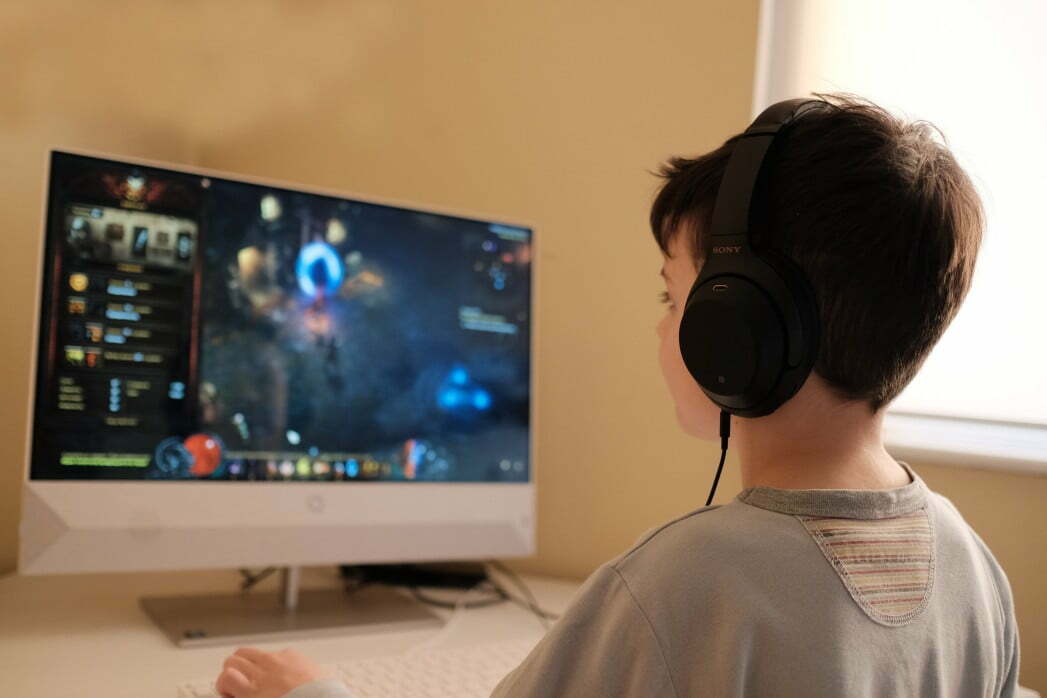
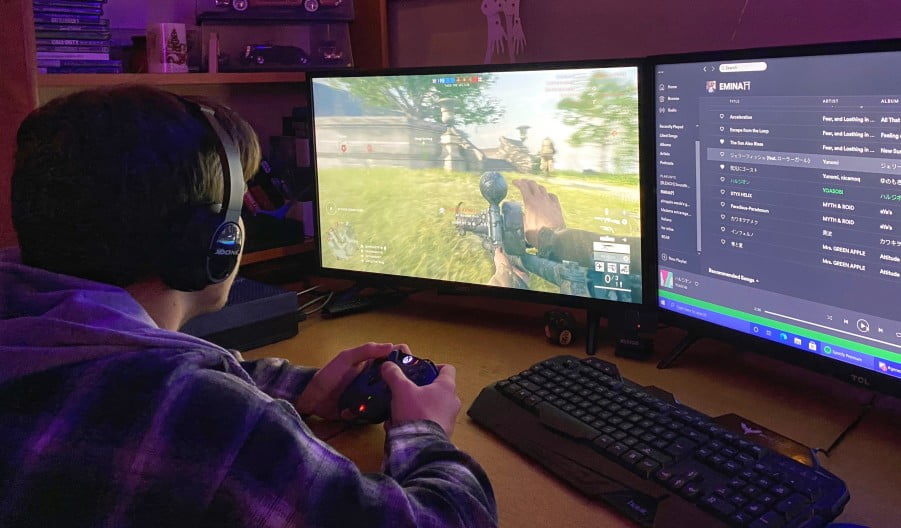
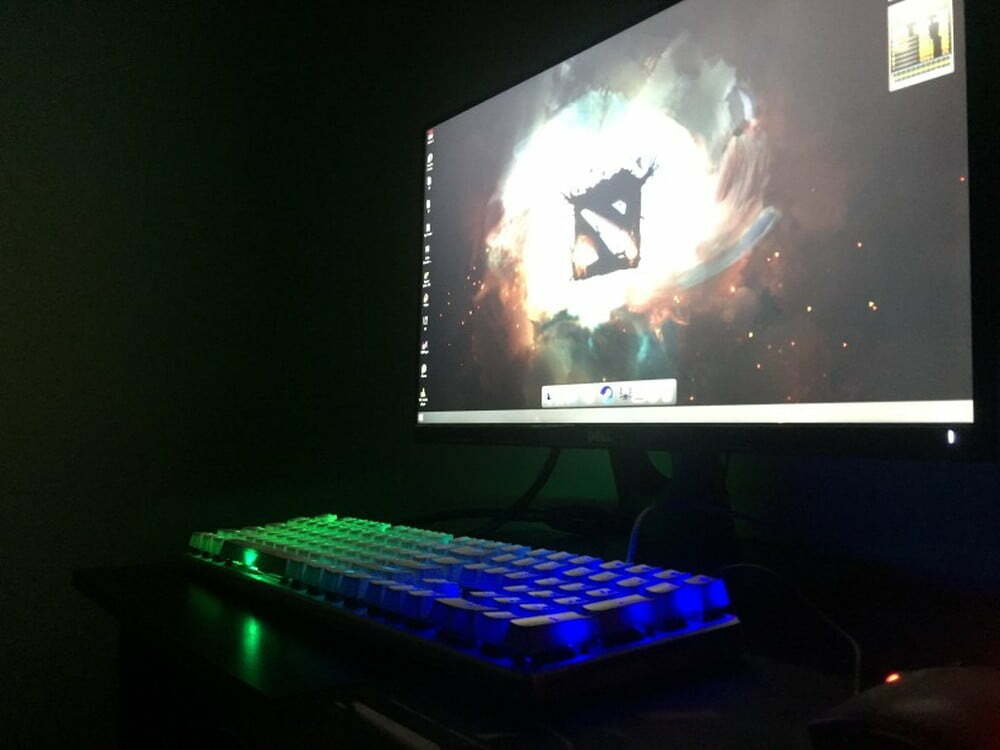



![Best 27 Inch Computer Monitor in [year] 27 Best 27 Inch Computer Monitor in 2026](https://www.gadgetreview.dev/wp-content/uploads/how-to-buy-the-best-computer-monitor.jpg)
![Best BenQ Monitors in [year] 28 Best BenQ Monitors in 2026](https://www.gadgetreview.dev/wp-content/uploads/best-benq-monitor-image.jpg)
![Best ASUS Monitors in [year] 29 Best ASUS Monitors in 2026](https://www.gadgetreview.dev/wp-content/uploads/best-asus-monitor-image.jpg)
![Best Dell Monitors in [year] 30 Best Dell Monitors in 2026](https://www.gadgetreview.dev/wp-content/uploads/best-dell-monitor-image.jpg)
![Best HP Monitors in [year] 31 Best HP Monitors in 2026](https://www.gadgetreview.dev/wp-content/uploads/best-hp-monitor-image.jpg)
![Best Lenovo Monitors in [year] 32 Best Lenovo Monitors in 2026](https://www.gadgetreview.dev/wp-content/uploads/best-lenovo-monitor-image.jpg)
![Best ViewSonic Monitors in [year] 33 Best ViewSonic Monitors in 2026](https://www.gadgetreview.dev/wp-content/uploads/best-viewsonic-monitor-image.jpg)
![Best Gigabyte Monitors in [year] 34 Best Gigabyte Monitors in 2026](https://www.gadgetreview.dev/wp-content/uploads/best-gigabyte-monitor-image.jpg)
![Best Monitors for PS4 Pro Gaming in [year] 35 Best Monitors for PS4 Pro Gaming in 2026](https://www.gadgetreview.dev/wp-content/uploads/best-monitors-for-ps4-pro-image.jpg)
![Best Monitor for Xbox Series X in [year] 36 Best Monitor for Xbox Series X in 2026](https://www.gadgetreview.dev/wp-content/uploads/best-monitor-for-xbox-series-x-image.jpg)
![Best Acer Monitors in [year] 37 Best Acer Monitors in 2026](https://www.gadgetreview.dev/wp-content/uploads/best-acer-monitor-image.jpg)
![Best MSI Monitors in [year] 38 Best MSI Monitors in 2026](https://www.gadgetreview.dev/wp-content/uploads/best-msi-monitor-image.jpg)
![Best SAMSUNG Monitors in [year] 39 Best SAMSUNG Monitors in 2026](https://www.gadgetreview.dev/wp-content/uploads/best-samsung-monitor-image.jpg)
![Best LG Monitors in [year] 40 Best LG Monitors in 2026](https://www.gadgetreview.dev/wp-content/uploads/best-lg-monitor-image.jpg)
![Best AOC Monitors in [year] 41 Best AOC Monitors in 2026](https://www.gadgetreview.dev/wp-content/uploads/best-aoc-monitor-image.jpg)
![Best Philips Monitors in [year] 42 Best Philips Monitors in 2026](https://www.gadgetreview.dev/wp-content/uploads/best-philips-monitors-image.jpg)
![Best Monitors For PUBG in [year] 43 Best Monitors For PUBG in 2026](https://www.gadgetreview.dev/wp-content/uploads/best-monitor-for-pubg-image.jpg)
![Best Stream Decks in [year] 44 Best Stream Decks in 2026](https://www.gadgetreview.dev/wp-content/uploads/best-stream-deck-image.jpg)
![Best Monitors for Streaming in [year] 45 Best Monitors for Streaming in 2026](https://www.gadgetreview.dev/wp-content/uploads/best-monitor-for-streaming-image.jpg)
![Best Monitors For Flight Simulator in [year] 46 Best Monitors For Flight Simulator in 2026](https://www.gadgetreview.dev/wp-content/uploads/best-monitor-for-flight-simulator-image.jpg)













